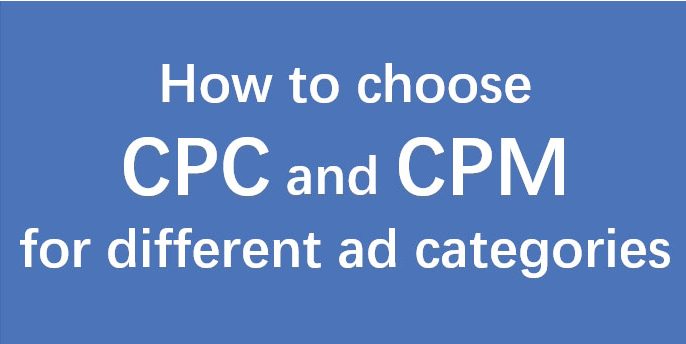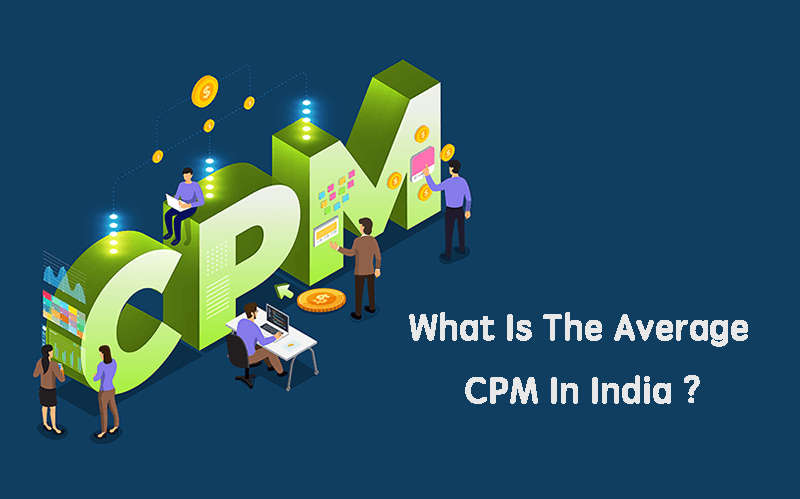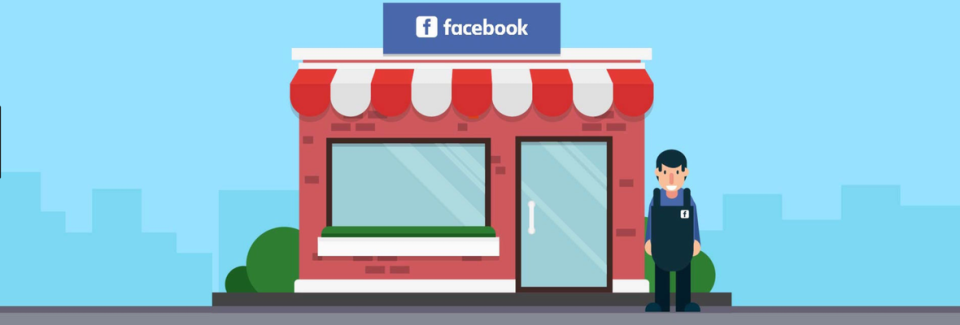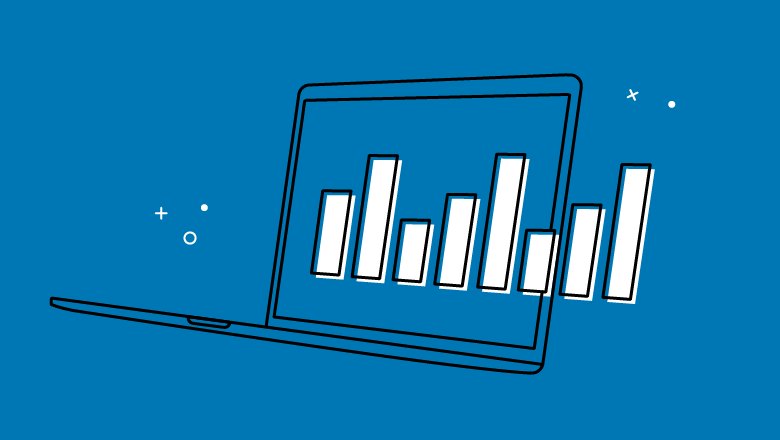Lower The Cost Of Advertising On Facebook And Get Better Results
contents
- Will Increasing Your Facebook Ad Budget Actually Increase Sales?
- What Determines Your Facebook Ad Costs?
-
5 Ways to Lower Your Facebook Ad Costs
- Target a more specific audience
- Use bid caps
- Look for the audience overlap
- Set up your Facebook Pixel
- Tap into retargeting segments
Will Increasing Your Cost Of Advertising On Facebook Actually Increase Sales?
By advertising on Facebook, brands have more control over who sees their message, and perhaps more importantly, the number of people that actually see it. But how well does it scale? In other words, if we increase our ad spend, will we also increase signups? Leads? Customers?
What Determines The Cost Of Advertising On Facebook?
A number of factors influence how much your Facebook ads cost. Having a solid understanding of these factors can help you pay less for your Facebook ads and get better results.
Here are the factors that make the biggest impact:
- Ad placement: All ad placements have a different CPC and impression. This means you can eliminate high-cost, low-performing placements to improve results.
- Relevance score: Your relevance score has a direct impact on how much you pay and how often your ad is shown. The higher your score, the less you’ll pay, and the better your results will be. Note: Facebook will soon replace the relevance score with three new relevance metrics.
- Bidding strategy: Each Facebook bidding strategy comes with its own unique advantages and disadvantages. You can prevent unnecessary, expensive clicks by setting a bid cap or target cost.
- Ad schedule: The time of year, day of the week, and time of day all impact the cost of your Facebook ads. Setting an ad schedule can help you reduce costs and maximize results.
- Audience: Facebook’s ad real estate is limited and some audiences are more sought-after than others. This makes it more competitive and expensive to get your ads shown to certain audiences.
By controlling these factors and using the right optimizations, you can improve your results and lower your costs.
5 Ways to Lower The Cost Of Advertising On Facebook
1.Target a more specific audience
When facing a wider audience, we achieved good coverage indicators, but the click-through rate and conversion rate were low. Only when the target audience attracts the most suitable audience for the brand can the conversion rate increase. If on the contrary, if you are targeting a market segment where advertisers are competing for advertising space with fewer advertisers (for example, in the international market), then advertising costs will be cheaper.
In an effort to reward advertisers for adding value to the Facebook user, Facebook will decrease your [ad] cost if your content is relevant to your target segment.
2. Use bid caps
Generally speaking,the more granular you go with audience targeting, the more expensive results tend to be, as Facebook is offering a tool to reach your most valuable audience, and it’s in its own interest to charge more.
Use auxiliary tools in marketing so that you can better control the maximum price and adjust bids in real-time. Adcostly, a third-party tool, can view the average advertising cost in the market.
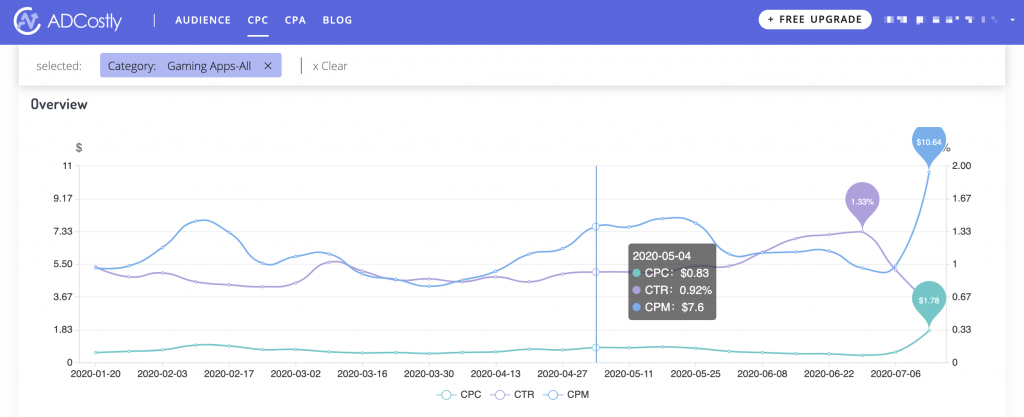
3. Look for the audience overlap
For example, nearly 50% of the ‘Startup Company’ audience is also interested in ‘Entrepreneurship,’” he said. “If we set up a campaign targeting these two audiences in separate ad sets without any audience exclusion and pay – let us suppose – $0.10 per click, we could waste up to $220,050 in the ad auction by bidding against ourselves. Instead, he excluded the interest in entrepreneurship in the startup company audience and vice versa, and ran the overlap tool again and got 0%.
So, for low intention audiences, we bid lower and for remarketing audiences or converters, we bid higher. This way, we can make sure we are not wasting money on people who are not as interested in us.
4. Set up your Facebook Pixel
Facebook Pixel can not only track who your clients and visitors are right down to their Facebook page, but it also collects data such as: What are they interested in? Where do they live? How many kids do they have? How much money do they earn? What things have they bought recently? What is their average purchase price? Are they going on holiday soon?
Setting up a Facebook Pixel also means brands can track which ads are performing best and yield more sales, which means they can really start putting money where it counts.

5.Tap into retargeting segments
We highly recommended segmenting website visitors by engagement levels to create better-retargeting segments on Facebook.
Just think about it as the dating pool. You’d be more comfortable going on a second date with someone you’ve already had a pleasant evening with, rather than a blind date which is much more intimidating and the chances of flaking are higher. The same goes for advertising. If someone has already visited your site, downloaded your e-book, or engaged with your app, the chances of them interacting with your ad and purchasing from your brand are much higher than if they saw your brand for the first time on Facebook. In fact, Facebook remarketing ads get 3X the engagement than regular Facebook ads!
